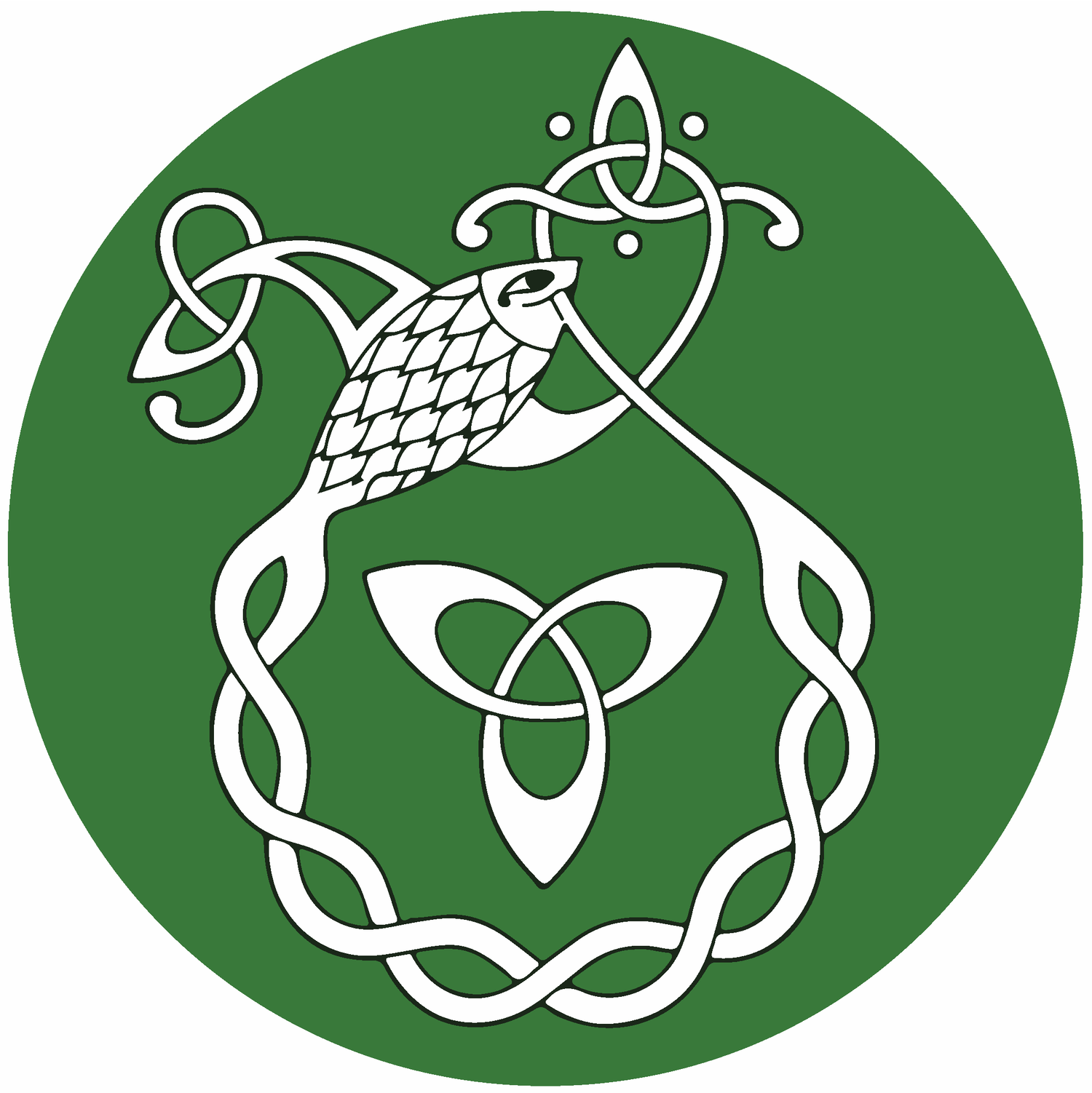Gaistí Geilt (2013)
Brian Ó Baoill, Bealach an Doirín, Co. Ros Comáin
The “Mad Trapper” of Canada, also known as Albert Johnson but whose real name remains unknown, was an enigmatic and elusive fugitive who gained infamy in the winter of 1931-1932. The manhunt began in December 1931 when he engaged in a violent shootout with Royal Canadian Mounted Police (RCMP) officers in the Yukon Territory after being accused of poaching and theft.
Fleeing into the wilderness, the Mad Trapper eluded capture for weeks, showcasing remarkable survival skills despite frigid temperatures. The manhunt that ensued became one of the largest and most sensational in Canadian history.
The Mad Trapper's identity, motives, and actions remain the subject of intrigue and debate, making his story a legendary and enigmatic tale in Canadian history.
“Chuir an Ceannaire Wild constáblaí amach go dtí na hIniúitigh agus go dtí na Gwich’in. Rinne an dá náisiún margadh leis an RCMP agus bhí an Ceannaire Wild sásta go mbeadh cúpla céad fear faoina cheannas anois agus nach mbeadh seans ar bith ag Johnson éalú uaidh. Chinn sé go rachadh sé féin i gceannas ar an gcuardach an babhta seo.
Bhog an fórsa mór de breis agus dhá chéad fear amach as Aklavik, an RCMP, na Gwich’in faoi cheannas Nahtryah agus na hIniúitigh faoi cheannas Ujarak…
Nuair a tháinig siad go dtí Tsiigèhchic, tháinig tuilleadh gasraí den Gwich’in isteach leo.
Rinne siad a mbealach i leath-chiorcal mór go dtí gur shroich siad bun Shléibhte Richardson. Chuardaigh siad agus shiúil siad na mílte thuaidh agus theas. Ach ní raibh radharc ar Johnson. Chuir an Ceannaire Wild duine de na Gwich’in le scéal go dtí Príomh-Oifigeach an RCMP sa mBeairic in Dawson.
‘A Chara, tá muid suite ar an taobh thoir de Shléibhte Richardson. Tá os cionn dhá chéad fear agam agus go leor bia agus treallamh de gach sórt. Ach tá Johnson tar éis dul i bhfolach in áit éigin. Tá muid á chuardach ach níl mé dóchasach anois. Ní féidir linn teacht ar rian coise in aon áit. Ach, deir saineolaithe dreapadóireachta linn nach bhféadfadh duine ar bith dul thar na sléibhte seo, atá 7,000 troigh in airde, san aimsir seo, fiú dá mbeadh bia ceart agus treallamh aige. Mar sin, tá muid ag glacadh leis go bhfuil sé fós ar an taobh seo. An féidir leat aon chúnamh a thabhairt dúinn?’ Wild.’
Chuir an Príomh-Oifigeach an litir síos agus rinne sé machnamh. Chuimhnigh sé go dúirt Bundúchasach, a bhí amuigh ag gaistíocht, go ndúirt sé leis na constáblaí a bhí ar garda ag ceann de na bearnaí, go bhfaca sé rianta cos nár aithin sé i réimsí uachtaracha Abhainn an Iolair. Dá mba seo Johnson agus é ar an taobh thiar de na sléibhte, bhí a fhios ag an bPríomh-Oifigeach nach mbeadh Wild agus a chuid fear in ann greim a fháil air. Fear a bhí in ann dreapadh thar na sléibhte sin agus síobadh fíochmhar sneachta ar siúl, nuair nach raibh sé ar éigean in ann rud ar bith a fheiceáil, le fíor bheagán bia agus ag dreapadh suas aillte loma díreacha gan aon treallamh dreapadóireachta, i bhfuacht de -50 céim!
‘Níl ach bealach amháin le teacht ar an bhfear seo,’ arsa an Príomh-Oifigeach, ‘éitleán.’”
“Corporal Wild put constables out to the Inuit and to the Gwich’in. The two nations made an arrangement with the RCMP and Corporal Wild was satisfied that there would be several hundred men under his leadership now and that Johnson would have no chance of escaping from him. He decided that he himself would go to lead the search this time.
The big force of more than two hundred men moved out of Aklavik, the RCMP, the Gwich’in under the leadership of Nahtryah and the Inuit under the leadership of Ujarak…
When they came to Tsiigèhchic, more youths of the Gwich’in joined them.
They made a path in a big half-circle until they reached the base of Mount Richardson. They searched and they walked miles north and south. But there was no sight of Johnson. Corporal Wild sent one of the Gwich’in with the news to the commanding officer of the RCMP in the barracks in Dawson.
‘Friend, we are situated on the eastern side of Mount Richardson. I have more than two hundred men and enough food and equipment of every kind. But Johnson has gone into hiding in some place. We are searching for him but I am not hopeful now. We cannot come upon a footprint in any place. But, climbing experts with us say that it is not possible for a person to go over this mountain at all, which is 7,000 feet in height, in this weather, let alone if he had proper food and equipment. As such, we are assuming that he is still on this side. Is there any help that you can give us?’ Wild.’
The chief officer put the letter down and he thought. He remembered that an Indigenous person, who was out trapping, had told the constables that were on guard at the head of the gap, that he saw footprints that he didn’t recognize in the upper realms of Abhainn an Iolair. If that was Johnson and he was on the western side of the mountains, the chief officer knew that Wild and his men would not be able to get a hold of him. A man that could climb over those mountains with a fierce blizzard happening, when it wasn’t possible for him to see at all, with only a truly small amount of food and climbing up bare, sheer cliffs without any climbing equipment, in the cold of -50 degrees!
‘There isn’t but one way to come upon this man,’ said the chief officer, ‘an airplane.’”
Adapted from; Ó Baoill, Brian. 2013. Gaistí Geilt. Coiscéim: Baile Átha Cliath.

